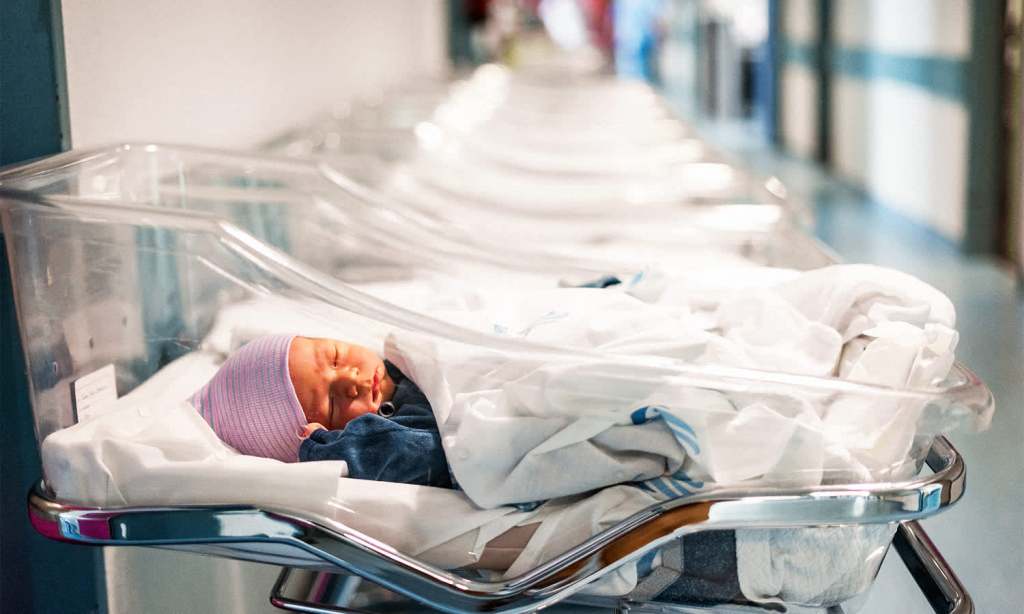Suggestions that COVID and lockdowns could lead to a spike in births have been proven wrong as new statistics show that we’re actually having fewer babies than at any other point in history.
At the start of the pandemic, there was speculation that people locked inside with nothing to do would start popping out babies out of sheer boredom and that the spike in children would later be referred to as Gen C or Coronials. However, it looks like we might well be calling them Baby Busters as COVID has seen a precipitous drop off in births.
2020 saw a 3.7% decline in births compared to 2019, with the fertility rate dropping 5% to an all-time low of 1.58 births per woman. This is a greater drop than we saw during even the worst years of the Great Depression almost a century ago. 2020 recorded the lowest number of births registered in the country since the Global Financial Crash of 2007, reversing rising birth rates that had peaked in 2018.
The pandemic is suspected to have put significant financial pressures on families planning to have children who otherwise would have become pregnant. The sudden uncertainty over job prospects, fear for the future, and potential economic collapse appears to have added to already present fears and stresses that have been dissuading people from having children.
Anxiety over climate change, the soaring cost of house prices, and increasing numbers of women in the workforce have all been identified as factors for why the fertility rate is declining.
The fertility rate is a measure of how many children a woman is expected to have over a lifetime and ranges from a high of 7.0 in Niger to a low of 0.84 in South Korea. Australia’s fertility rate has been declining since the 1960s from a high of 3.55 to the current 1.58. In 2008 it was 2.02 but has since declined sharply.
It’s not just Australia either, as the entire world appeared to experience a ‘baby bust’ over the past 12 months. Hungary, Italy, Spain and Portugal all saw birth rates drop significantly, some by as much as 9.1%.
The lack of children born in the current time period in Australia is likely to remain low as economic, environmental, and social impacts continue to play a role. This is something that has worried politicians for a long time, as low birth rates mean fewer tax payers and fewer labourers to support an expanding economy.
In 2004, Treasurer Peter Costello famously encouraged Australian couples to have “one for the country” and has recently said in response to the declining birth and fertility rates that “people should be worried about their future and future prospects for their children”.
“A rising birth rate is a vote of confidence in the future,” Costello said, suggesting that the impending climate catastrophe and ongoing pandemic does not give people much hope for the future of the country.
Politicians appear to be planning for this decline in birth rates by massively increasing immigration to Australia. It has been reported that NSW Premier Dominic Perrottet is looking to increase his state’s population by 3.3 million by 2061, with 60% of that increase coming from migration. However, there is also suggestion that population growth on that scale could be sought within the next five years as Perrottet seeks to deliver “mega projects on a mega scale,” including the vast increase of urban populations in the Greater Sydney region.
Economics aside, the declining population is likely a good thing for the planet, as each child born has a significant impact on the resources of the country across their lifetime. This is captured in the thinking that people are planning to reduce the number of children they have, if at all, to address climate change on an individual level.
Still, as we emerge from the pandemic, it may well be that this population decline is merely a dip, as Australia had one of the fastest-growing populations in the OECD in recent years.
Read more stories from The Latch and subscribe to our email newsletter.







